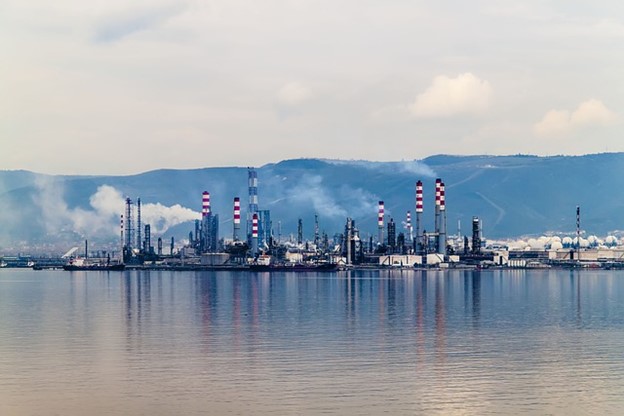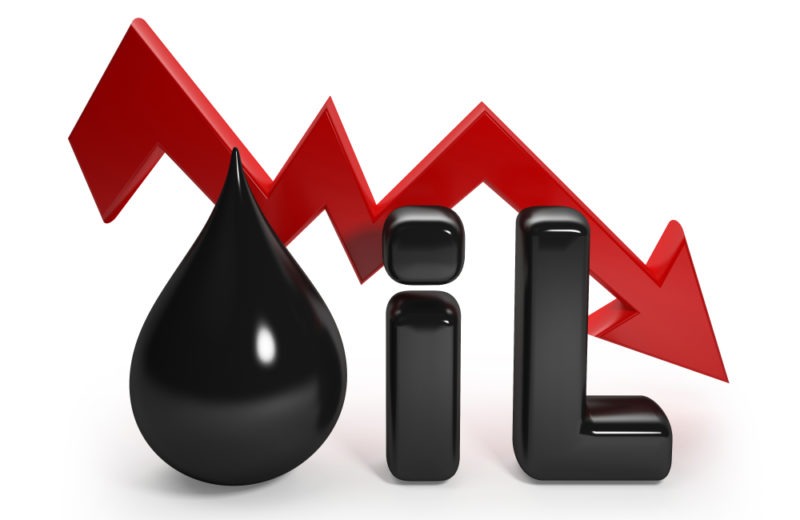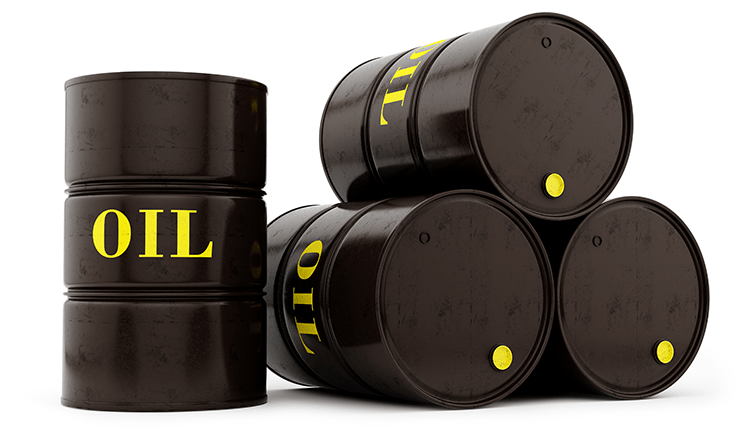Chevron and labour unions have agreed to end strikes at crucial liquefied natural gas facilities in Australia, which have disrupted the global fuel market.
Workers have accepted a proposed settlement on wages and conditions put forward by the state labour regulator. The Offshore Alliance, comprising two major unions, confirmed the suspension of industrial action in a statement on Friday. Chevron has also accepted the proposal.
Concerns about potential cutbacks in gas exports from one of the world’s largest suppliers, combined with other unrelated outages, have caused prices to surge in Europe and Asia in recent weeks. The global gas market has been finely balanced since Russia suspended its gas supply to Europe last year due to the conflict in Ukraine, as reported by Bloomberg.
Susan Sakmar, a visiting assistant professor at the University of Houston Law Center, believes that with the strike now resolved, the market may experience a period of stability. However, as winter approaches, we cannot rule out the possibility of further disruptions due to cold weather or other supply issues, which could unsettle markets again.
The adoption of the regulator’s conditions successfully resolves the conflict. The strikes took place on September 8 at the Gorgon and Wheatstone facilities, responsible for about 7% of TPG’s worldwide gas shipments in the previous year.
Around 350 workers met late on Thursday and supported the regulator’s proposals, which include improvements to telecommuting benefits and travel allowances. The agreement also entails salary increases and job security guarantees.
Gas prices have already started to ease since it became apparent in September that the threat of strikes might not result in a supply loss.
Drop in Russian Oil and Gas Revenues by 38%
Russian oil and gas revenues have declined by 38.1 per cent between January and August this year compared to the same period in 2022, according to data from the Russian Ministry of Finance.
During the first eight months of this year, Russia’s oil and gas revenues dropped from $80 billion (7.818 trillion Russian rubles) to $49.5 billion (4.836 trillion rubles) compared to the same period in 2022.
Gazprom reported a significant drop in net profit in the first half of the year, as deliveries to Europe decreased compared to 2022 when Russia was still supplying gas to European customers via pipelines for a large part of the year’s first half.
Moreover, lower average oil prices this year, in comparison to January-August 2022, have contributed to reduced income from oil. The G7 price cap, loss of Western buyers, and substantial discounts Russia had to offer to sell its crude oil to India and China also weighed on revenues.















